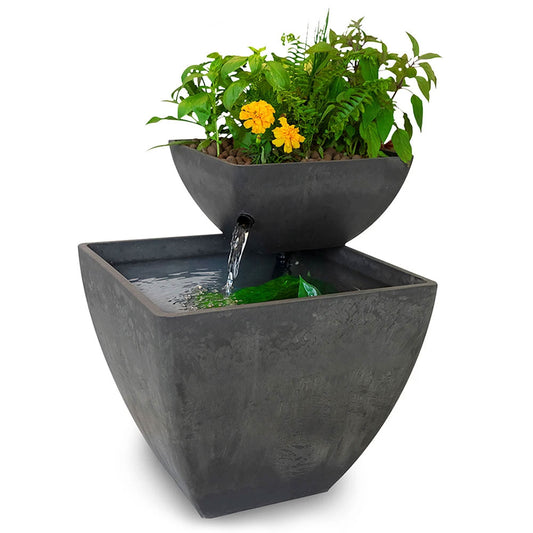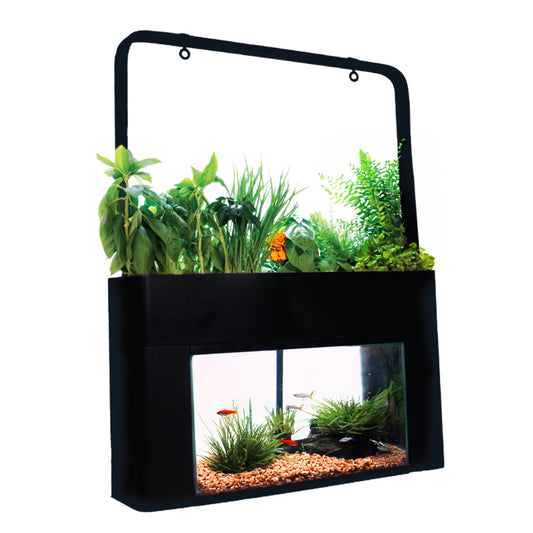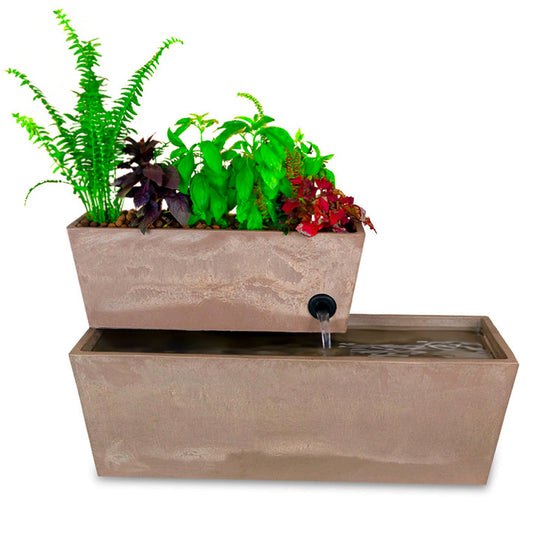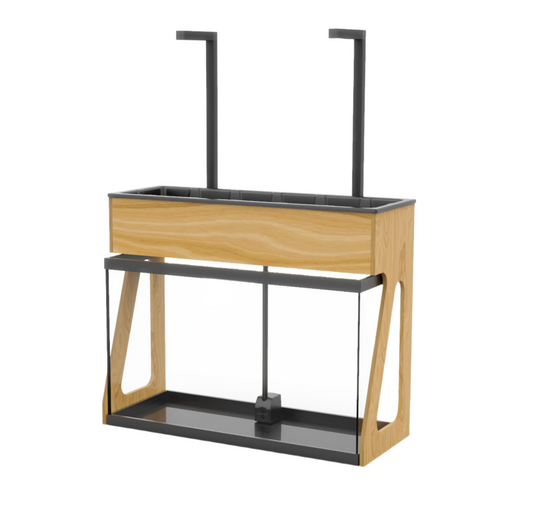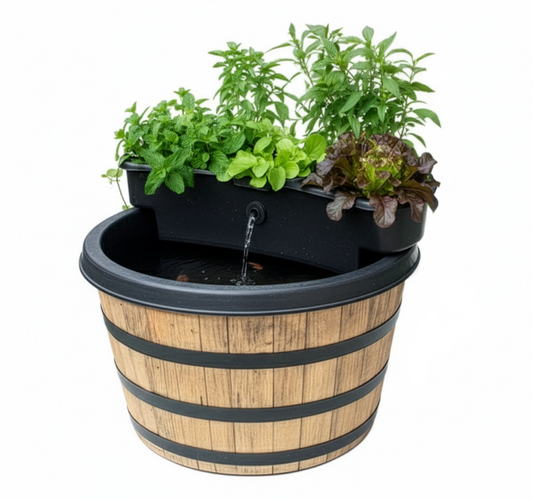Constant Flood vs. Ebb/Flow
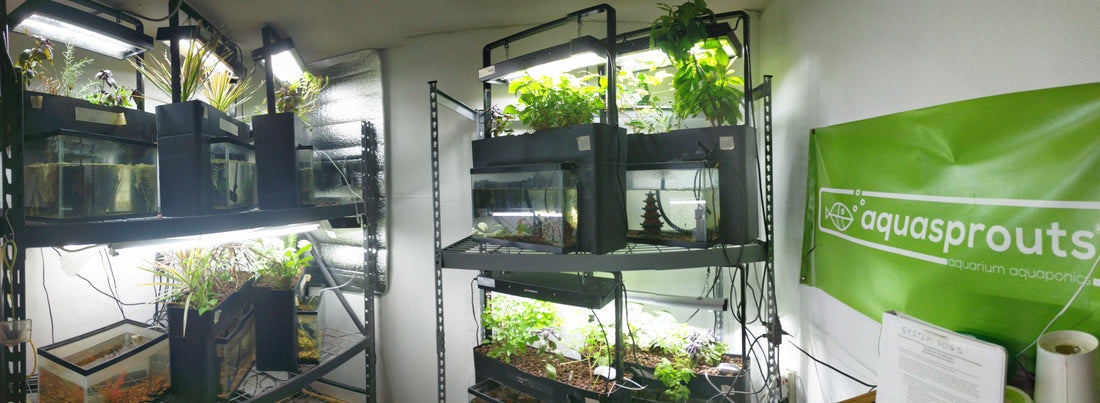
In the matter of constantly flooded hydroponic grow beds versus reciprocating, a.k.a. flood and drain, a.k.a. ebb/flow systems, we find the defendant… er, we find the differences negligible.
That’s not to say there aren’t differences. Each style has advantages in particular situations. But in small aquaponic and hydroponic systems, we have found that any differential effects on plant growth from the water flow style are completely masked by other variables. Nutrient balance, lighting intensity and duration, pruning and harvesting, and water chemistry stability all made obvious differences in plant growth rates and health, but under otherwise similar conditions, flow did not. There were hints that some plants - tomatoes, notably - actually did better in a constant flood. The differences we did observe were slight enough that more testing would be required to determine whether they were real effects or normal random variation.
This is certainly not universally the case, and we aren’t trying to settle the broader question about flow styles. We tested a limited range of plants, all of which are generally good performers in aquaponics. We also tested for a limited time, which excludes some relevant comparisons such as ongoing yields from fruiting plants. We consider it likely that plants which generally don’t take well to soilless growing would do at least as poorly in constant flood as in reciprocating systems, if not worse. (Rosemary, for example, is notoriously intolerant of too much soil moisture, let alone growing in water.)
There are important mechanical advantages offered by reciprocating flow in larger aquaponic systems. Waste buildup and channelization, anaerobic zones, and poor nutrient distribution can all be significant problems for larger constant flood systems; these can be overcome by increasing flow rate and designing plumbing solutions that return water to multiple areas in the bed, but that can become complicated and energetically expensive. In a smaller system, it’s easy to use a pump that’s oversized relative to the system, but still small and efficient, to achieve high relative flow rates and good oxygenation. Many of the problems associated with constant flood are problems of low water turnover; plants which fail to thrive with “wet feet” may actually do quite well in a constant flow of clean, well-oxygenated water or nutrient solution.
In the long term, particularly in aquaponics, constant flood systems may be more susceptible to organic matter buildup and clogging, and may require media turnover and cleaning more often. However, given the rapid, dense root mass development we observed in our constant flood test systems, we believe the media would need to be turned over and cleared of roots anyway long before organic debris buildup became a problem.
Constant flood systems create constant sound, which may be desirable as white noise or not depending on the environment. More water flow also means more water oxygenation and nitrification, important considerations for densely-stocked aquaponic systems. The higher your typical nutrient load, the more you may notice benefits from constant water flow. E/F systems may tend to be more stable in the long term and encourage mineralization (breakdown) of solid wastes which accumulate in the grow bed. Draining the growing medium and exposing plants’ roots to air can encourage root growth in some plants, and may help prevent root rot and waterborne plant diseases. Both styles offer advantages in certain situations.
In short: for most plants in most small systems, it makes little difference whether your water flow is constant or reciprocating. Choose a style that suits your needs based on your fish population (if any), the plants you’re growing, and your aesthetic preference.
Eager to make your own custom DIY aquaponic or hydroponic system? Our Ebb & Flow Plumbing Fitting Kit easily converts any container into a productive garden. Essential for DIY projects eliminating the risk of leaks.

